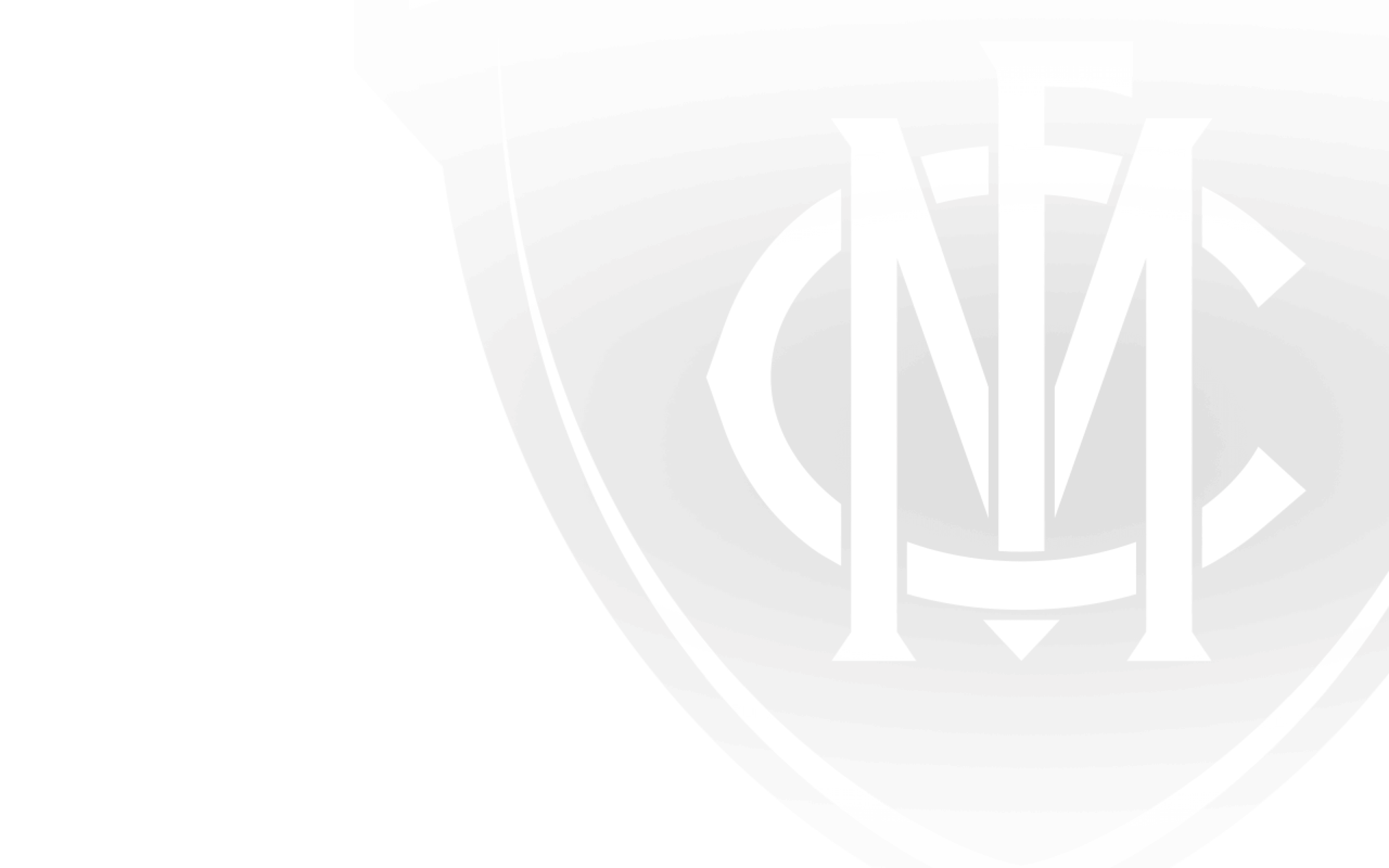DURING April, Tim Harrington saw a whole other side to list management and recruiting.
For 16 days, Melbourne’s general manager of list management was exposed to some outstanding athletic talent, some of the NFL’s leading officials and the NFL Draft in the United States.
His talent exploring and fact finding mission first started in Carson, Los Angeles where a USAFL Combine was held, a replica to the one the AFL holds at Etihad Stadium three days after the AFL Grand Final.
“The AFL had organised the USAFL Combine this year to be in April, rather than August. This is the second time they’ve organised the combine and they brought it forward in the hope that the AFL clubs would be able to do the AIS trip to Europe and then directly onto LA to finish off the big tour,” he told melbournefc.com.au.
In Melbourne’s case, recruiters Todd Viney and Jason Taylor represented the club on the AIS tour, while Harrington attended the US leg of the world trip - only a handful of clubs attended both.
After roughly 40 athletes attended the first USAFL Combine in 2012, which produced former US college basketballer Eric Wallace, who was drafted by North Melbourne as an international rookie last (claimed at No. 41 in last December’s Rookie Draft), the AFL focused its attention on 200cm-plus ruckmen this time around.
Only a couple of the athletes who attended were smaller in size, according to Harrington.
“That’s because they were exceptional athletes and one of them had a bit of a background in Australian Rules,” he said.
Most of the players at this year’s combine hailed from college basketball, with several athletes already fielding $1 million-plus offers from European clubs.
The athletes were put through the same tests as the AFL carries out on the emerging talent pool at the AFL Combine. They were also interviewed by the clubs and heard from 2012 Sydney Swans premiership player Mike Pyke, via video, who told the players about his journey from Canada to the AFL.
Following the USAFL Combine, the AFL will now invite three or four players to the AFL Combine at the end of the season. Harrington said one player in particular stood out.
“There was a standout in my eyes,” he said.
“There was one fellow in particular, who had a background in soccer and his kicking skills shone through far and above the rest of the group.
“Some of the speed and agility from some of the 200cm-plus athletes were phenomenal.”
Naturally, kicking was the trickiest skill for the athletes to grasp. But given the athleticism on show, several combine records were broken.
Harrington said the AFL will debrief the USAFL Combine with the clubs that participated next Tuesday.
“It was definitely worthwhile, and the AFL is very keen to spread the gospel,” he said.
“It was a great experience all round, it really was.”
Following the USAFL Combine, Harrington spent some time in Washington DC with the NFL Players Association.
“There was a contact there, [director of salary cap and agent administration at NFL Players Association] Mark Levin, who I’d met five or six years ago after he came out as a guest of the AFL. I had some great time with him, getting some insights into player contracts and negotiations with the CBA in particular, and where that might head for us,” he said.
“There’s some fundamental differences in the way the teams are structured, with private ownership in the NFL, but their salary cap and their philosophy behind is it is basically the same – it’s a socialist mechanism.
“I was also able to get some good insights with Mark Levin about the NFLPA and their agents and how they deal with the clubs.”
Harrington also made contact with Melbourne supporter Jen Macmillan who works in the finance and contract division at the NFL.
“She’s a Melbourne girl, who is a rabid Melbourne fan, and she knows all the ins and outs of the club, so she was able to get me some interviews and meetings with some of the senior staff at the NFL, and they were very generous with their time,” he said.
Harrington added that list managers were known as ‘capologists’ in the NFL, and he was able to glean plenty from his time with the organisation.
“I was able to see if there were any parallels with their last CBA, player welfare issues, the training players do and when they take their day off,” he said.
Rounding out his trip was three-day experience at the NFL Draft.
He said the ability to trade during the draft – and trade out future picks – was something that fascinated him as it unfolded. Plus, the ability to alter lists was much more flexible in the NFL, said Harrington.
“The first round is on a Thursday and the first day was almost like the Academy Awards crossed with a day out at the Colosseum,” he said.
“I think that could come into the game at some stage, so the trading of future picks allows greater flexibility of players changing lists in a far quicker way than what we have at the moment. The ontrading of players in the draft was also a mechanism that created flexibility.
“People booed the head honcho of clubs at certain draft picks. The music was blaring and you were provided an ear piece to listen to experts’ commentary on the draft. There was a whole industry built around it. It was quite an experience overall.”


